Beer and Food | Gose Pairings
Welcome back to the delicious world of beer and food. For those who are just now getting on board or anyone who would like a refresher, please refer to The Basics. April is a month in which sour/wild fermented beers are widely celebrated. From What the Funk? to Backcountry’s Sour Sunday which is held the first Sunday in April every year, to the bi-annual Toer de Gueze in Belgium which is held around this time every odd year. We will be helping to celebrate by hosting an entire month of various sour/wild fermented beers.
Wild and Sour fermentation methods can be quite varying but suffice to say that Sacchromyces isn’t responsible for the entirety of the fermentation, and sometimes isn’t involved at all.
To kick off the ‘sour month’ we are featuring a lesser known, lesser appreciated style, Gose. The German Beer Institute defines the style as, “Gose is an ancient, sour and saline tasting ale, made from more than half malted wheat and the rest malted barley. The brew is fermented with both yeast and lactic bacteria and is spiced with both coriander and hops. It is brewed with slightly salted water. This peculiar beer style is now most closely associated with Leipzig, the capital of the German State of Saxony.”
One of the most recognized American renditions of the Gose is by Westbrook Brewing Co. in Mt. Pleasant, SC. Westbrook was founded by Edward and Morgan Westbrook, and their Gose is the highest rated beer of its style on Beer Advocate. The inspiration for this unique brew came from Morgan’s 100 year old Oma who is as much of a salt fan as her granddaughter. After a bit of experimentation, Edward found the best way produce acidity in his beer is with a sour mash. A sour mash is a spontaneous fermentation of the wort pre-boil. Since this process only takes a few days, the fermentation allowes Westbrook to sell a canned six pack of sour for under ten dollars.
The flavor profile boasts a moderately strong citrus driven acidity while the salt presents sensations comparable to biting into a preserved lemon wedge. This citrus is complimented by the wheat providing a creamy mouth feel, rich proteins for a lasting head, and a dry finish. To top it off, this Gose is only four percent alcohol by volume so it easy drinking, refreshing, and you can enjoy it all day.
Due to the general obscurity of sour beers, and in turn the difficulty of finding restaurants with sour/wild beers, this month’s article will focus on an at home approach to meal preparation. The pairing showcases the Westbrook Gose ended up being transcendent as the flavors of Tilapia Ceviche had wonderful symbiosis together.
For anyone not familiar with Ceviche, it is the national dish of Peru, and is a method by which fresh fish is ‘cooked’ using the acid from fresh squeezed citrus juices. There is a host of resonating factors in this pairing (lemon, salt, cilantro/coriander, etc.) that creates an exciting tug-o-war over the palate. The richness of the fish creates a neutral base to cleanse the fight before the effervescence of the beer washes it all away to ready for the next tasty morsel.
For our preparation we began with:
1 Tilapia filet
3 Lemons
4 Limes
1/8 C Diced Cilantro
1/8 C Diced Flat-leaf Parsley
1/8 C Diced Red Onion
1/8 C Diced Red Pepper
Salt
Ground Pepper
Cayenne Pepper
Extra-Virgin Olive Oil
When preparing Ceviche there are varying opinions on how long to let the fish cook in the juice, but anywhere from 10 minutes to 12 hours is deemed acceptable overall. A shorter time ensures any potential bacteria on the surface of the fish is killed while presenting a contrast in texture. If looking to leave for a longer time it is advisable to not the fish cook too long at the risk of beginning to break down.
We begin by cutting the fish into the desired cube size and rinsing in cold water. While the fish is rinsing the juice is squeezed and strained to remove seeds and pulp. After the fish has received a thorough rinse, it is drained covered with a dusting of sea salt and the juices of the lemons and limes.
Shortly before enjoying the dish, the onions, peppers, cilantro, and parsley and readied. The juices are drained from the fish, leaving about 1/4 C of juice in the bowl to mix with the other items. Before mixing in the vegetables and herbs, the fish is seasoned with Cayenne, salt, and black pepper to taste. When the ingredients have been fully mixed the olive oil is drizzled as a finishing oil.
This preparation is not only quick and inexpensive (provided you have the olive oil) but simple. The simple approach is intentional in providing not only an easy dish for beginners in the kitchen, but a great launchpad for extrapolation on the idea. Hopefully this dish provides both a source of inspiration for new ideas, as well as a great first step in a progression of a new four course meal.
The Gose presented a very different flavor palate, and required a very different approach for our session at Cured this week. Because the Gose style incorporates salted water into the brewing process, and all cheese has a good amount of salt, it was important to look for a cheese with the salt intensity scaled back as much as possible to allow all of the flavors in the pairing to properly show themselves.
Molly took an approach of looking for not only a restrained salt profile, but more powerful fruity esters to counteract the saline, savory nature of the Gose. Because this was a newer experience in pairing for us Molly started us off playing with many different milk sources and aging styles.
After tasting through an assortment of many flavors, a 12 month aged sheep’s Gouda stood out. The sheep’s milk in the Ewephoria was a critical element in highlighting the coriander spice of the beer, while the Gouda cheddar aging style lends to the fruity flavors needed to balance the all of the salt in the pairing. Being a higher acid cheese was helpful in creating another element to counteract all the salt at play. The producer the Ewephoria is from is known for scolding the cheese which caramelizes the milk sugars and that creates flavors of butterscotch in the Ewephoria, the caramelization on the milk sugars was the final piece to the puzzle of the Gose pairing.
The world of sours has a rich history, which is regarded by many enthusiasts as the most romantic in the beer world. While we are showcasing sours this month we encourage you reading this to do you own delving into that history, including enjoying some of the flavors the family offers. There are a number of things that make sour/wild beers even better for pairing than beer is already and hopefully by the end of the month we will have brought the world out of the cobwebs so to speak.
Alewise is a Cicerone and Beer Education Co-op founded by Eric Linder and David Bird in Boulder, CO. Our goal is to strengthen the beer community by fueling the knowledge and passion of those involved or interested in joining it by making things more accessible and fun. When in Boulder ask for David in the taproom at Avery brewing Co. and Eric at Backcounty Pizza and Taphouse.


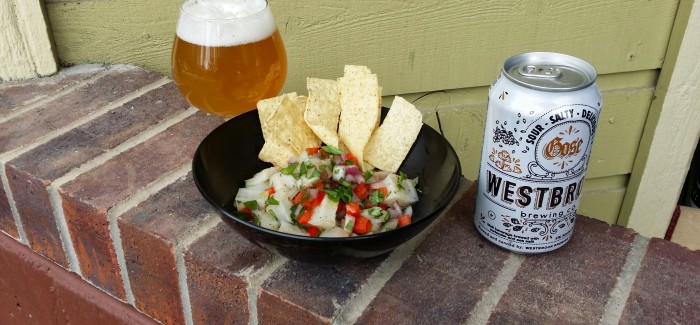



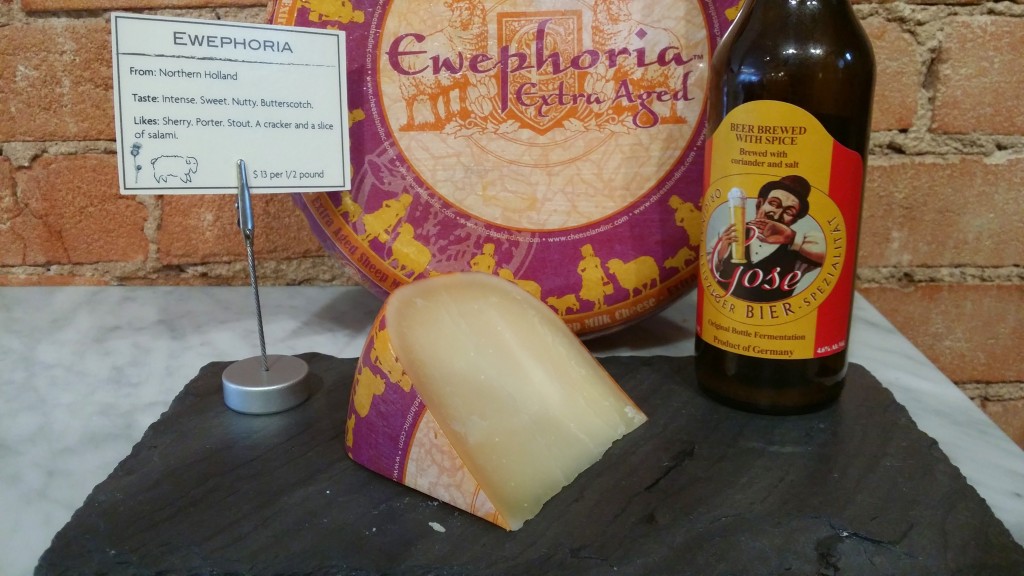
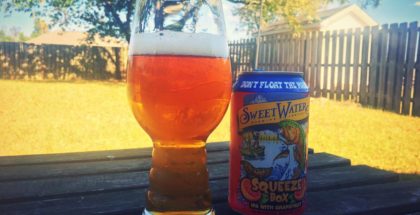
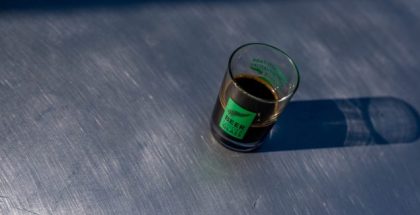
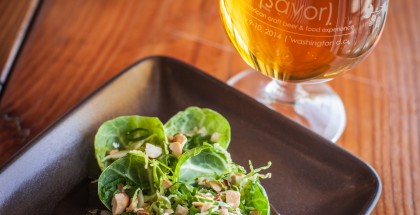
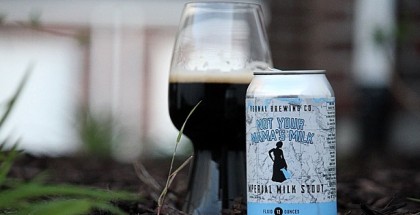
Submit a Comment